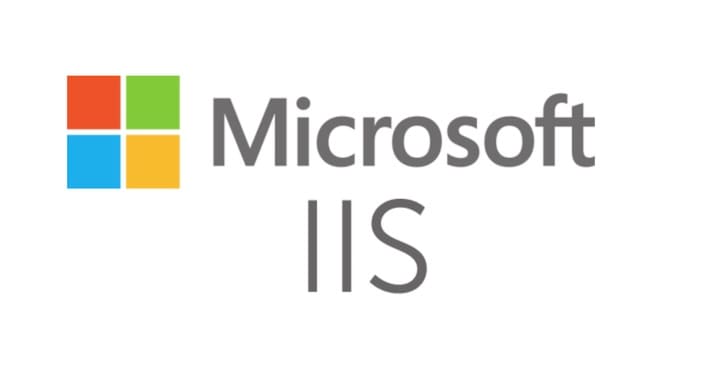How to Fix Large File Upload Error 404 on IIS | Guide étape par étape. The following error occurs when uploading large files to the website.
Server Error
404 – File or directory not found.
The resource you are looking for might have been removed, had its name changed, or is temporarily unavailable.
To enable uploading large files you have to change a setting in IIS.
NOTE: The limit is approximately 28,6 MB because the limit of maxAllowedContent Length est 30000000 octets.
To change the maximum upload setting, named “maxAllowedContent Length», faire ce qui suit:
1. Log on to the server that holds the IIS website, and then click Commencer, cliquez Programs, cliquez Outils d'administration, cliquez Internet Information Services (IIS) Directeur;
2. Expand the website that you want to increase the maxAllowedContent Length;
3. Double-click the Request Filtering icon in the main window
NOTE: if you don’t have the Request Filtering icon, you need to install it through the Add Roles option. Get the instructions below.
4. Click the Hidden Segment Tab;
5. Right-click web.config et cliquez Edit Feature Setting;
6. A new window named Edit Request Filtering Settings appears;
7. Sous Request Limits heading. enter a new larger value in the Maximum allowed content length (Bytes) box;
8. Cliquez D'ACCORD to apply the change.
Setup Request Filtering
The default installation of IIS 7 and later includes the Request Filtering role service or feature. If the Request Filtering role service or feature is uninstalled, you can reinstall it using the following steps.
Serveur Windows 2012 R2
1. On the taskbar, cliquez Gestionnaire de serveur.
2. Dans Gestionnaire de serveur, Cliquez sur Gérer menu and then click Ajouter des rôles et des fonctionnalités.
3. Dans le Ajouter des rôles et des fonctionnalités wizard, cliquez Suivant. Select the installation type and click Suivant. Select the destination server and click Suivant.
4. Sur le Server Roles page, développer Serveur Web (IIS), développer Serveur Web, développer Sécurité, puis sélectionnez Request Filtering. Cliquez Suivant.

5. Sur le Select features page, cliquez Suivant.
6. Sur le Confirm installation selections page, cliquez Installer.
7. Sur le Results page, cliquez Fermer.
How To
Note for IIS 7.0 utilisateurs: Some of the steps in this section may require that you install the Microsoft Administration Pack for IIS 7.0, which includes a user interface for request filtering. To install the Microsoft Administration Pack for IIS 7.0, please see the following URL iis.net/expand/AdministrationPack
How to add a hidden segment
- Ouvrir Internet Information Services (IIS) Directeur:
- If you are using Windows Server 2012 or Windows Server 2012 R2:
- On the taskbar, cliquez Gestionnaire de serveur, cliquez Outils, and then click Internet Information Services (IIS) Directeur.
- If you are using Windows 8 ou Windows 8.1:
- Hold down the Fenêtres clé, press the letter X, and then click Panneau de contrôle.
- Cliquez Outils d'administration, and then double-click Internet Information Services (IIS) Directeur.
- If you are using Windows Server 2008 or Windows Server 2008 R2:
- On the taskbar, cliquez Commencer, point to Outils d'administration, and then click Internet Information Services (IIS) Directeur.
- If you are using Windows Vista or Windows 7:
- On the taskbar, cliquez Commencer, and then click Panneau de contrôle.
- Double-click Outils d'administration, and then double-click Internet Information Services (IIS) Directeur.
- If you are using Windows Server 2012 or Windows Server 2012 R2:
- Dans le Connections pane, go to the connection, site, application, or directory for which you want to modify your request filtering settings.
- Dans le Maison pane, double-click Request Filtering.
- Dans le Request Filtering pane, Cliquez sur Hidden Segments languette, and then click Add Hidden Segment… dans le Actes pane.
- Dans le Add Hidden Segment boîte de dialogue, enter the relative path that you want to hide, and then click D'ACCORD.



















